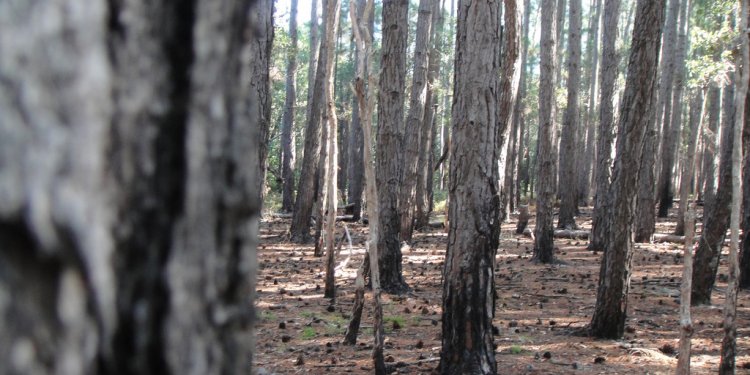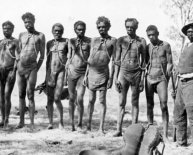
Australian Aboriginal lifestyle
Australia has changed greatly since the European arrival in 1788 and the Indigenous people have had their culture altered the most. These continual changes over time have made it virtually impossible for Australia's Indigenous people to maintain their traditional lifestyles, the lifestyles they had prior to European arrival. Rural towns, large cities, factories, homes, industries and farms cover the land of Australia making traditional behaviours and traditions very difficult.
The 1967 referendum decision (refer to chapter 1) made it easier for Indigenous people to try and re-establish their traditional lifestyles, but with many alterations. Prior to 1967, many Indigenous people were required to live in communities that were located in small areas of land away from townships. These places were called reserves or mission stations. Since the referendum, these reserves have become Aboriginal communities that are run by Indigenous people, for Indigenous people.
Like all cultures that live in Australia, Indigenous people have to work hard to maintain their traditional culture and their identity while fitting into the multicultural society of Australia.
Traditional lifestyles today
Indigenous people today live throughout Australia, just as they did in the past. Although some Indigenous people still live in remote, rural areas, most others live in cities, country towns, coastal areas or rural areas.
Communities of Indigenous people still live in reserves which are today run by councils, which the people vote for. The people who live there are free to come and go as they please and are no longer forced to live there.
Other Indigenous families have been able to return to their ancestral land to live. Although they may not be able to live like their ancestors they are able to re-establish or maintain the ancestral connection with the land.
Traditional Indigenous ways of life in rural towns and cities
Many Indigenous people today live in towns and cities; go to work and school; and participate in various community activities. Yet their Indigenous culture is still very strong and important.
Family is a very important part of traditional Indigenous life and this has not changed. Family is the source of all knowledge about Indigenous life and history. This knowledge is passed on to each new generation, just as it has been done for centuries.
Indigenous dance, art and music are other ways Indigenous people in towns and cities can stay connected to their unique heritage. It allows people to learn about the Dreamtime, ancestors and families, and sacred sites and stories.
See also:
- Play Brawl pirates Online

















